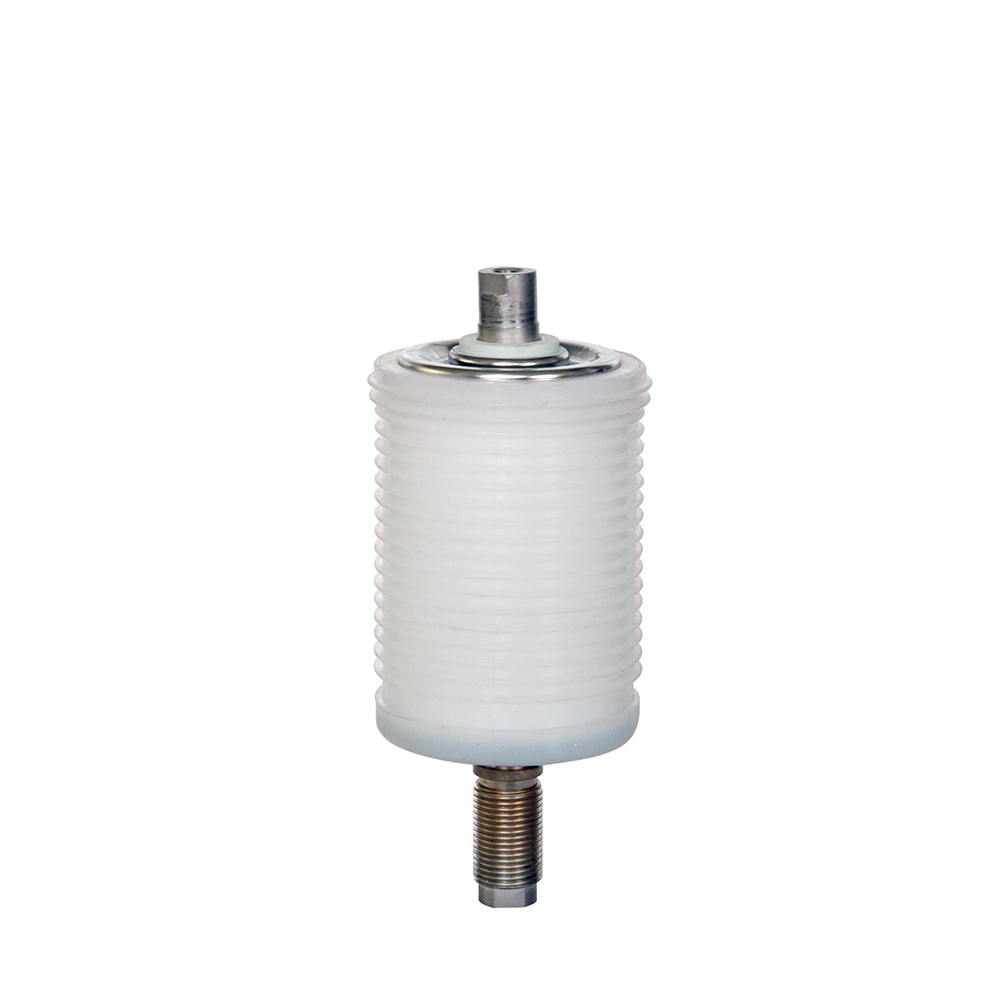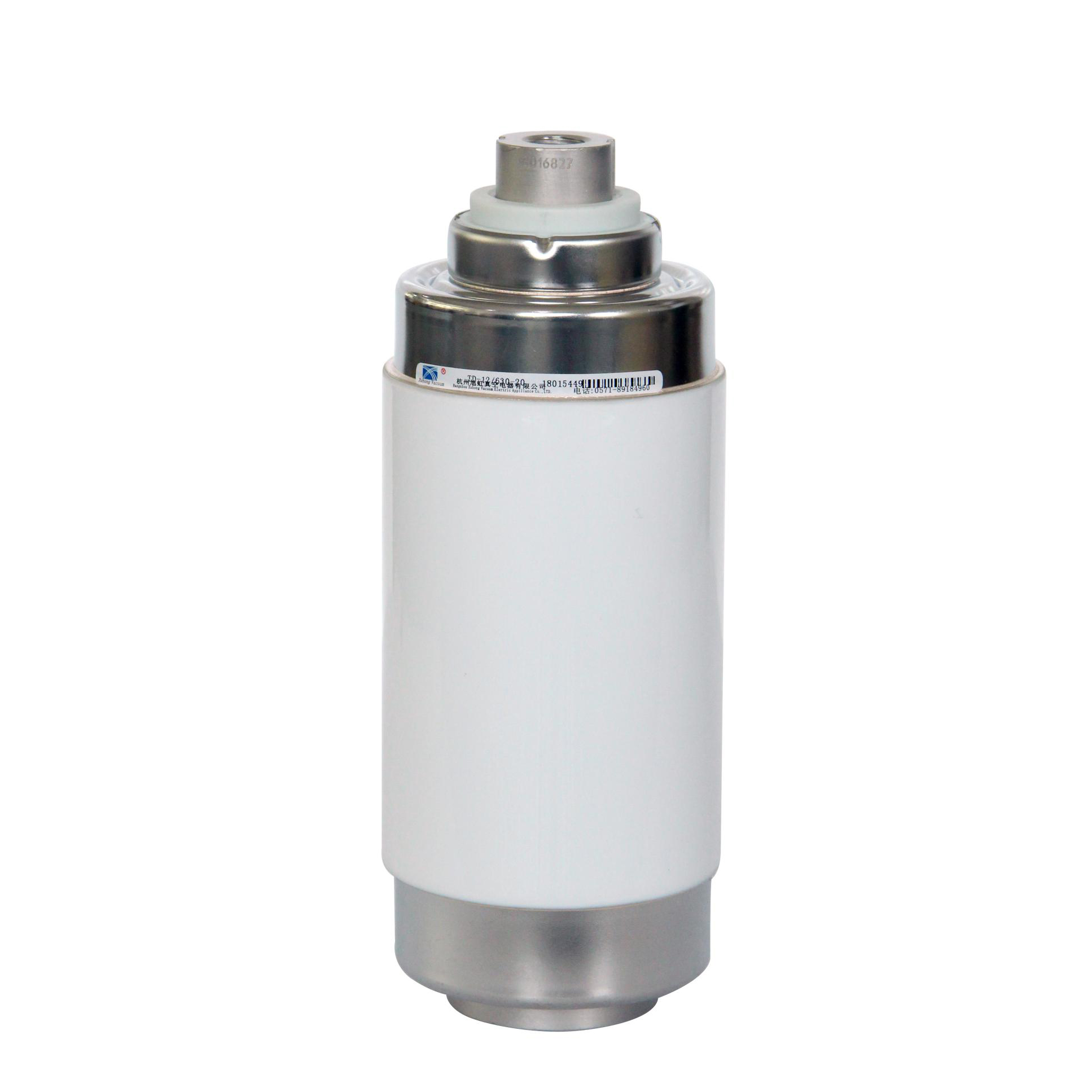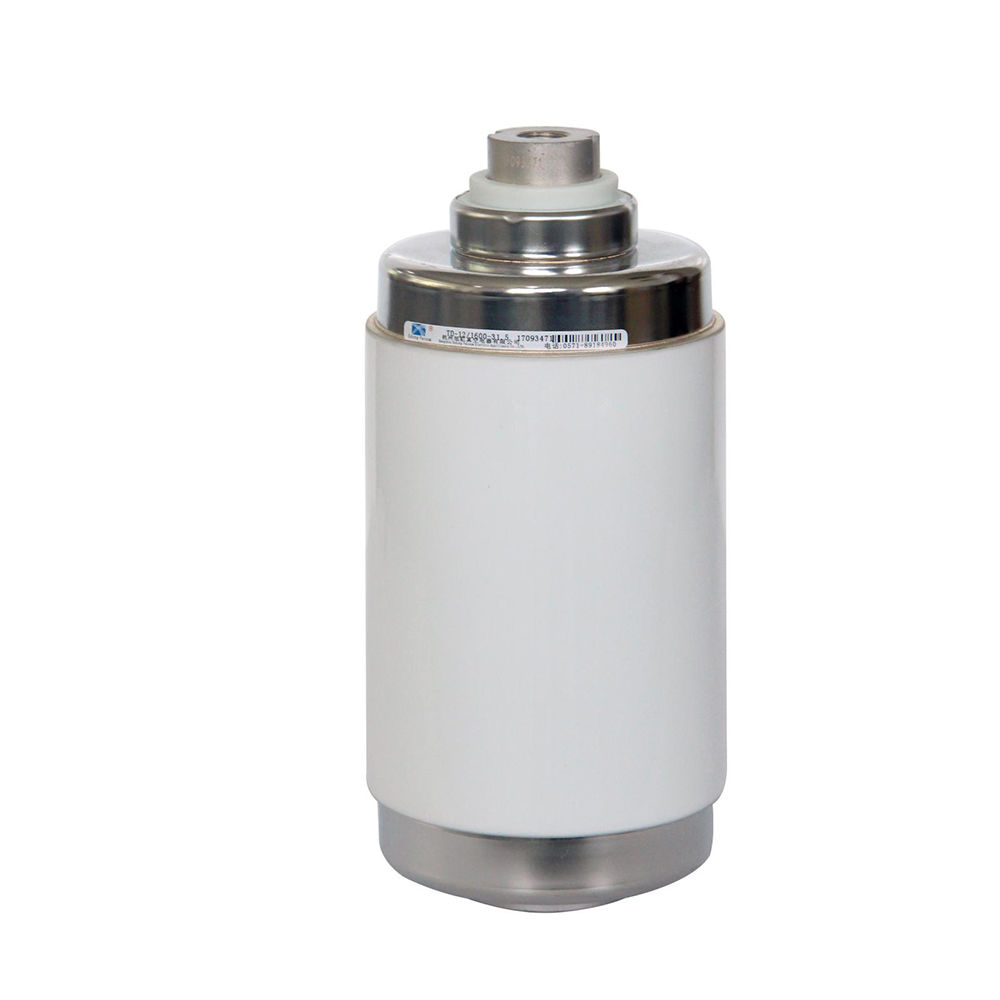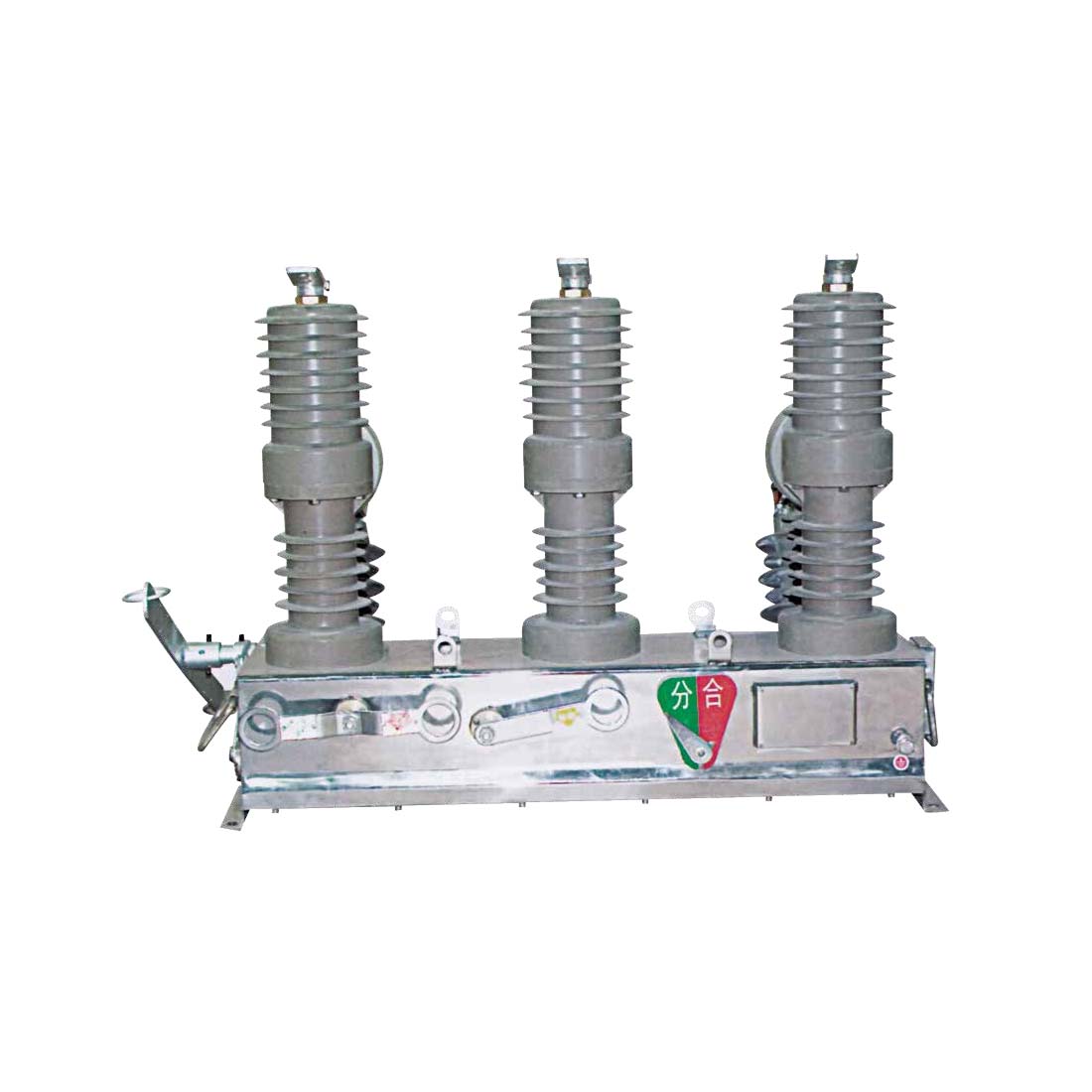China wholesale Low-Voltage Vacuum Interrupter For VCB Manufacturers – Vacuum interrupter for MV VCB(ceramic shell, Rated voltage: 7.2kV-12kV) – Shone
China wholesale Low-Voltage Vacuum Interrupter For VCB Manufacturers – Vacuum interrupter for MV VCB(ceramic shell, Rated voltage: 7.2kV-12kV) – Shone Detail:
Brief description of the product:
Vacuum interrupter, also known as the vacuum switch tube, is the core component of the medium-high voltage power switch. It is mainly applied to the power transmission and distribution control system, and it is also applied to the distribution systems of metallurgy, mine, petroleum, chemical, railway, broadcasting, communication and industrial high frequency heating.Vacuum interrupter has the characteristics of energy saving, material saving, fire prevention, explosion-proof, small volume, long life, low maintenance cost, reliable operation and no pollution. The vacuum interrupter is divided into the use of the interrupter and the load switch. The interrupter of the circuit breaker is mainly used in the substation and the power grid facilities in the electric power department.
Pay attention
Strictly control the closing and opening speed of vacuum circuit breaker.For the vacuum circuit breaker with a certain structure, the manufacturer has specified the best closing speed. When the closing speed of vacuum circuit breaker is too low, the wear of contact will increase due to the extension of pre breakdown time; When the vacuum circuit breaker is disconnected, the arcing time is short, and its maximum arcing time does not exceed 1.5 power frequency half wave. It is required that when the current crosses zero for the first time, the arc extinguishing chamber should have sufficient insulation strength. Generally, it is expected that the stroke of the contact in the power frequency half wave will reach 50% – 80% of the full stroke during circuit breaking. Therefore, the opening speed of the circuit breaker should be strictly controlled. As the arc extinguishing chamber of vacuum circuit breaker generally adopts brazing process, its mechanical strength is not high, and its vibration resistance is poor. Too high closing speed of circuit breaker will cause greater vibration, and will also have greater impact on bellows, reducing the service life of bellows. Therefore, the closing speed of vacuum circuit breaker is usually set as 0.6 ~ 2m / s.
Product detail pictures:

Related Product Guide:
Our organization has been focusing on brand strategy. Customers' gratification is our greatest advertising. We also source OEM provider for China wholesale Low-Voltage Vacuum Interrupter For VCB Manufacturers – Vacuum interrupter for MV VCB(ceramic shell, Rated voltage: 7.2kV-12kV) – Shone , The product will supply to all over the world, such as: Niger, Canada, Armenia, In order to meet our market demands, we have paied more attention to the quality of our products and services. Now we can meet customers' special requirements for special designs. We persistently develop our enterprise spirit "quality lives the enterprise, credit assures cooperation and keep the motto in our minds: customers first.
We are a small company that has just started, but we get the company leader's attention and gave us a lot of help. Hope we can make progress together!




